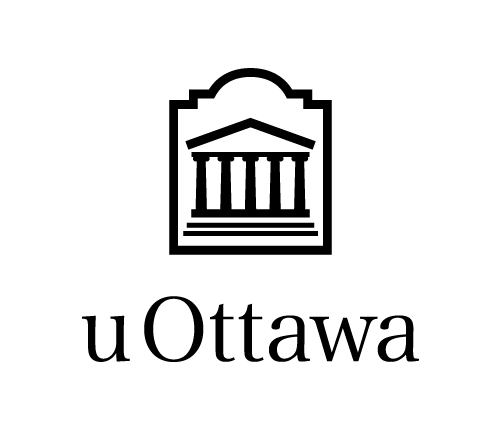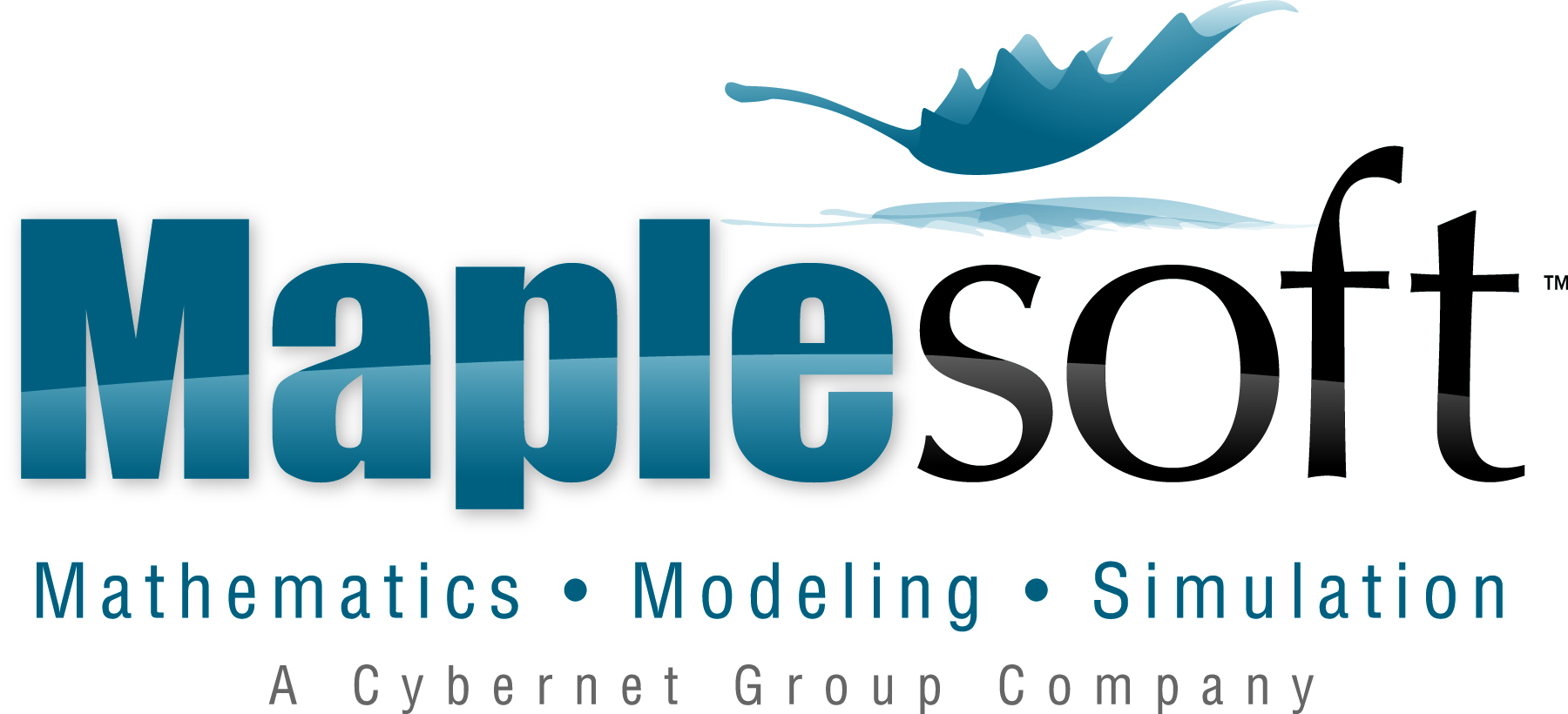Réunion d'hiver SMC 2013
Université d'Ottawa, 6 - 9 décembre 2013
Physique et formes modulaires
Org: Charles Doran (University of Alberta) et Abdellah Sebbar (University of Ottawa)
[PDF]
Org: Charles Doran (University of Alberta) et Abdellah Sebbar (University of Ottawa)
[PDF]
- TATYANA BARRON, University of Western Ontario
Modular forms and quantization [PDF]
-
I will explain how modular forms (and automorphic forms) appear in quantization of compact Riemann surfaces, or, in higher dimensions, quotients of bounded symmetric domains (e.g. ball quotients).
I will mention some of my results on explicit construction of automorphic forms as Poincare series.
- VINCENT BOUCHARD, University of Alberta
Quantum Curves and Topological Recursion [PDF]
-
In a wide range of enumerative geometric problems involving the moduli space of Riemann surfaces, the genus zero invariants are encapsulated into a complex curve known as the spectral curve of the problem. The higher genus invariants can then be recovered in two different ways; either through the topological recursion first proposed by Eynard and Orantin, or through the existence of a rather mysterious and generally conjectural object, the "quantum spectral curve". In this talk I will explain how the two ideas are related, and show that for a certain family of spectral curves the topological recursion implies the existence of a quantum curve.
- JOHN CONWAY, Princeton University
- THOMAS CREUTZIG, University of Alberta
False Theta Functions and the Verlinde Formula [PDF]
- THOMAS CREUTZIG, University of Alberta
-
I will present joint work with Antun Milas. A false theta function looks similar as an ordinary theta function of a lattice, but it has no nice modular transformation properties. These functions appear in characters of a well-known family of logarithmic conformal field theories, the (1,p)-algebras. I will explain how regularized false theta functions carry an action of the modular group. This action will then be used to define and to compute a Verlinde algebra on the span of characters of the (1,p) algebra. The Verlinde algeba in turn can then be compared to the algebra of quantum dimensions of regularized characters.
- EMANUEL DIACONESCU, University of Alberta
Parabolic Refined Invariants and Macdonald Polynomials [PDF]
-
A string theoretic derivation is given for the conjecture of Hausel, Letellier and Rodriguez-Villegas on the cohomology of character
varieties with marked points, which is identified with a refined BPS expansion in the stable pair theory of a local root stack. Haiman's geometric construction for Macdonald polynomials is shown to emerge naturally in this context via geometric engineering. In particular this yields a new conjectural relation between Macdonald polynomials and refined orbifold curve counting invariants.
This is joint work with W.y. Chuang, R. Donagi and T. Pantev.
- SARA FILIPPINI, Fields Institute
Calabi-Yau geometries: Rigid threefolds and Hodge structures [PDF]
-
I will discuss some geometric properties of the rigid Calabi-Yau threefold $\mathcal{Z}$ introduced by Beauville. First, we describe the cohomology of $\mathcal{Z}$ and give a simple formula for the trilinear intersection form on $Pic(\mathcal{Z})$. By contracting some curves on $\mathcal{Z}$ and smoothing the resulting variety, we obtain other non rigid Calabi-Yau threefolds (joint work with A. Garbagnati). In the second part of the talk I will discuss a specific Hodge structure of Calabi-Yau type of weight $3$ (joint work with S.L. Cacciatori) and explain how it possibly relates to a generalized mirror of $\mathcal{Z}$.
- TERRY GANNON, University of Alberta
- ANDREW HARDER, University of Alberta
Moduli spaces of lattice polarized K3 surfaces and the birational geometry of Fano threefolds [PDF]
- ANDREW HARDER, University of Alberta
-
I will discuss work in progress (joint with C. Doran, L. Katzarkov, J. Lewis and V. Przyjalkowski) which explores the relationship between the birational geometry of smooth Fano threefolds and special pencils of K3 surfaces.
- ALEX MOLNAR, Queen's University
Mirror symmetry and generalized Borcea-Voisin threefolds [PDF]
-
C. Borcea and C. Voisin constructed examples of Calabi-Yau threefolds from elliptic curves and K3 surfaces with involutions, and were able to show a mirror symmetry relationship in the threefolds coming from the mirrors of the elliptic curve and the K3 surface.
We will discuss attempts to generalize this construction, and examples, using automorphisms of any possible order instead of involutions for threefolds, as well as higher dimensional constructions, with mirror symmetry in mind. In some cases we are successful, in others, no mirror symmetry exists.
- HOSSEIN MOVASATI, IMPA
Integrality properties of automorphic forms for triangle groups [PDF]
-
This talk is based on the joint work with Shokri arXiv:1307.4372 and Doran, Gannon, Shokri. arXiv:1306.5662.
We consider the integrality properties of the coefficients of the mirror map attached to
the generalized hypergeometric function with rational parameters and with a maximal unipotent monodromy.
We present a conjecture on the $p$-integrality of the mirror map which can be verified experimentally.
We prove it for $n=2$ and prove its consequence on the $N$-integrality of the mirror map for the particular cases $1\leq n\leq 4$.
This was a conjecture in mirror symmetry which was first proved in particular cases by Lian-Yau.
The general format was formulated by Zudilin and finally established by Krattenthaler-Rivoal.
For $n=2$ we obtain the Takeuchi's classification of arithmetic triangle
groups with a cusp, and for $n=4$ we prove that $14$ examples of hypergeometric Calabi-Yau equations are the full classification
of hypergeometric mirror maps with integral coefficients.
For our purpose we state and prove a refinement of a theorem of Dwork which largely simplifies many existing proofs in the literature.
- ANDRIJA PERUNICIC, The Fields Institute
Arithmetic Aspects of Berglund-H\"ubsch-Krawitz Duality [PDF]
-
Berglund-H\"ubsch-Krawitz (BHK) duality is an instance of mirror symmetry establishing an isomorphism between certain orbifold cohomology groups associated to a pair of hypersurfaces defined by an invertible polynomial and its dual (or transpose) polynomial. In this talk, I will define a $p$-adic version of BHK duality using Monsky-Washnitzer cohomology and study the action of Frobenius and its compatibility with the duality isomorphism. I will show that by using an analogue of Borisov's adaptation of BHK duality to the vertex algebra setting utilized in Batyrev-Borisov mirror symmetry we recover a formula for the number of points on a hypersurface defined by an invertible polynomial in terms of eigenvalues of Frobenius.
- SIMON ROSE, Fields Institute
Towards a reduced Mirror Symmetry for Quartic K3s [PDF]
-
The Gromov-Witten invariants of a K3 are well-known to be trivial, which can be seen either from a deformation theoretic standpoint or by computing the B-model correlation functions of a one-parameter family of K3s and using the mirror map. However, they do have a rich {\em reduced} theory on the A-model side, and so this raises the natural question: What is the structure on the B-model which corresponds to this reduced theory? In joint work with Helge Ruddat we provide some first steps towards answering this question.
- ALAN THOMPSON, Fields Institute
Families of lattice polarized K3 surfaces with monodromy [PDF]
-
The concept of lattice polarization for a K3 surface was first introduced by Nikulin. I will discuss ways in which his definition can be extended to familes of K3 surfaces over a (not necessarily simply connected) base curve, with the aim of gaining control over the action of monodromy upon the Néron-Severi lattice of a general fibre. I will then present an application of this to the study of Calabi-Yau threefolds that admit fibrations by Kummer surfaces.
- URSULA WHITCHER, University of Wisconsin-Eau Claire
Short Tops and Semistable Degenerations [PDF]
-
One may construct a large class of Calabi-Yau varieties by taking anticanonical hypersurfaces in toric varieties obtained from reflexive polytopes. If the intersection of a reflexive polytope with a hyperplane through the origin yields a lower-dimensional reflexive polytope, then the corresponding Calabi-Yau varieties are fibered by lower-dimensional Calabi-Yau varieties. A top generalizes the idea of splitting a reflexive polytope into two pieces. In contrast to the classification of reflexive polytopes, there are infinite families of equivalence classes of tops. Tops may be used to describe either fibrations or degenerations of Calabi-Yau varieties. We give a simple combinatorial condition on tops which produces semistable degenerations of K3 surfaces, and, when appropriate smoothness conditions are met, semistable degenerations of Calabi-Yau threefolds. Our method is constructive: given a fixed reflexive polytope which will lie on the boundary of the top, we describe an algorithm for constructing tops which yields semistable degenerations of the corresponding hypersurfaces. The properties of each degeneration may be computed directly from the combinatorial structure of the top.
- NORIKO YUI, The Fields Institute/Queen's University
The modularity of non-rigid Calabi-Yau threefolds [PDF]
-
Let $X$ be a Calabi--Yau threefold and let $X^{\vee}$ be its mirror (family) of
Calabi--Yau threefolds. Suppose that both $X$ and $X^{\vee}$ are
defined over the rationals. We will consider non-rigid Calabi--Yau
threefolds $X$ with small Hodge numbers $h^{1,1}(X)$,
or $h^{2,1}(X)>0$ so that $B_3(X)$ or $B_3(X^{\vee})$ are small. Thus,
the dimension of the Galois representations associated to $X$ or
$X^{\vee}$ are small.
Our goal is to establish the modularity of $X$ or $X^{\vee}$. This may be achieved when the Galois representation of the middle cohomology of $X$ or $X^{\vee}$ decomposes into smaller dimensional ones. We will discuss some examples.







